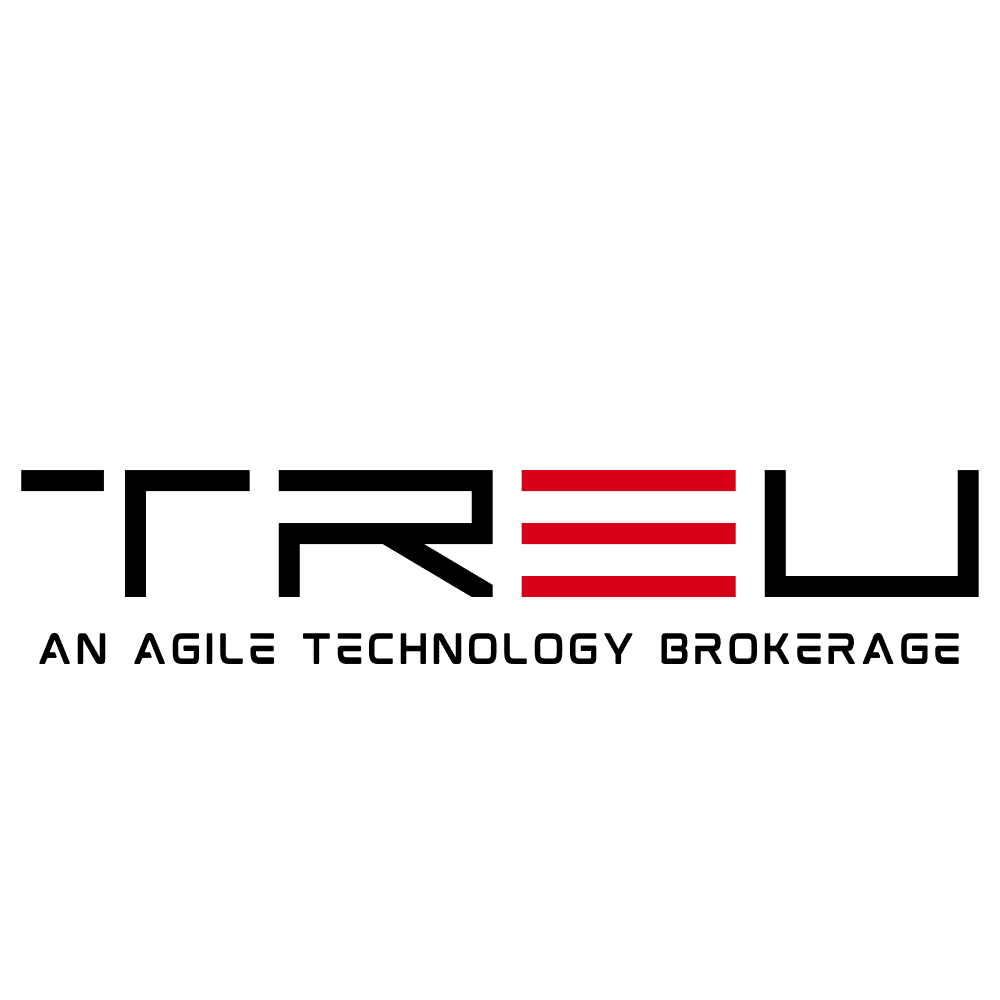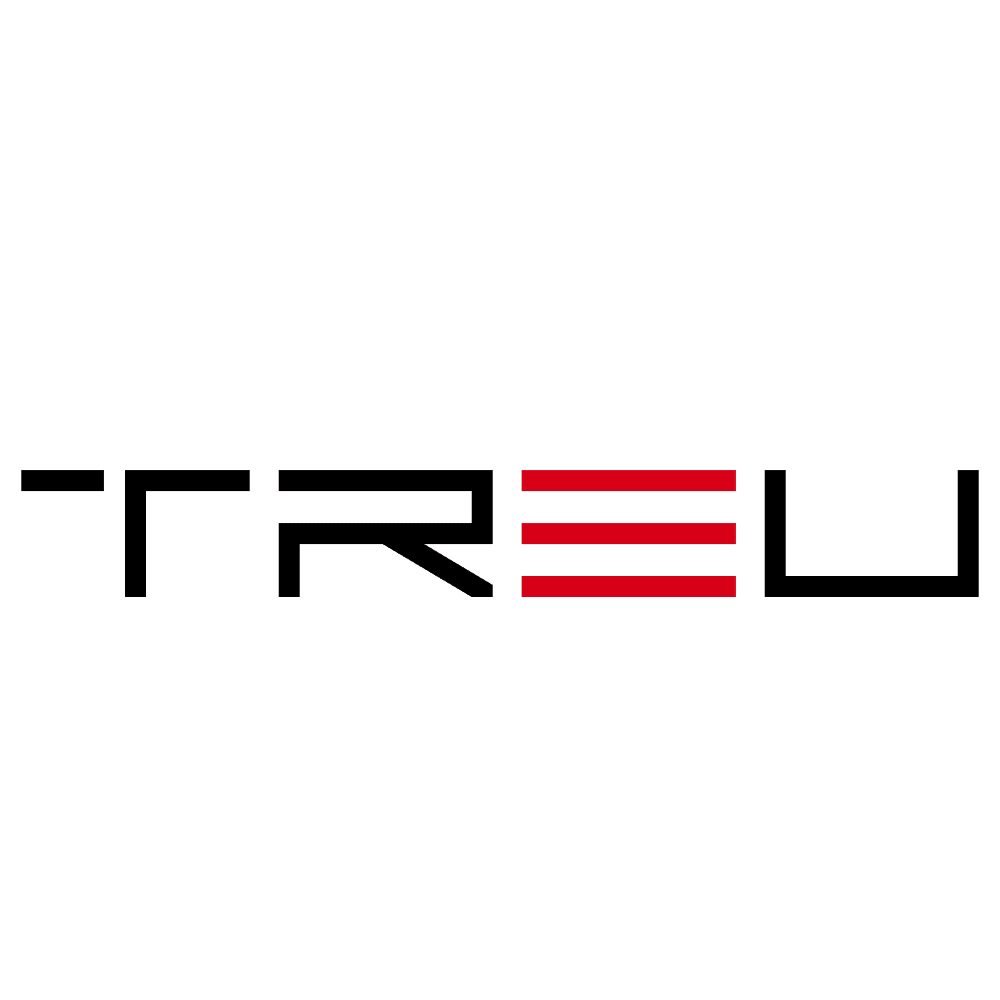AI Burnout in the Workplace is a Growing Challenge for CIOs
Artificial Intelligence (AI) has become a cornerstone of innovation and efficiency for organizations across industries. From automating repetitive tasks to enhancing decision-making, AI is reshaping how businesses operate. However, the heavy reliance on AI tools and processes has ushered in an unexpected challenge: AI burnout among workers. For CIOs, addressing this issue has become a critical priority, as burnout can lead to decreased productivity, job dissatisfaction, and even higher turnover rates.
In this blog post, we’ll explore the factors contributing to AI burnout, how it manifests within the workforce, and what CIOs can do to mitigate its impact as they continue to integrate AI systems into daily operations.
What Is AI Burnout and Why Is It Happening Now?
AI burnout can be described as the mental, emotional, and physical exhaustion workers experience when dealing with AI-driven tools, workflows, and expectations. Unlike traditional workplace burnout, this phenomenon stems specifically from the overwhelming impact of new technologies. While AI systems promise increased productivity, they also demand that employees constantly adapt to new tools, learn complex processes, and contend with fears of obsolescence.
Key Factors Contributing to AI Burnout
1. The Speed of AI Adoption
Businesses are racing to deploy AI to maintain a competitive edge. In the process, they subject employees to abrupt changes in workflows, often without comprehensive training or sufficient time to adapt. This rapid pace of deployment creates stress for workers who feel unprepared.
2. Constant Monitoring and Surveillance
Many AI tools are designed to track productivity and performance metrics in real-time. While these tools provide valuable insights for managers, workers often feel excessively scrutinized, leading to anxiety and diminished motivation.
3. Fear of Job Loss
One of the most significant contributors to AI burnout is the lingering worry that machine learning and automation will replace jobs. Even when companies assure employees of their job security, these fears persist, negatively impacting mental well-being.
4. Increased Workload
Paradoxically, AI can sometimes lead to an increased workload rather than a reduced one. Automated systems often still require human oversight, and employees may find themselves tasked with managing, troubleshooting, or inputting data into the AI—on top of their regular work responsibilities.
Signs of AI Burnout in the Workplace
CIOs cannot address AI burnout effectively without identifying its symptoms in the workforce. Here are some common signs to watch for:
– Decreased Morale: Employees may feel disconnected or disengaged from their work, leading to lower job satisfaction.
– Fatigue and Stress: Workers may complain of exhaustion—both mental and physical—due to the demands of maintaining a high level of productivity with AI-driven tools.
– Increased Turnover A burned-out workforce is more likely to quit, making retention a struggle for organizations that heavily invest in AI.
– Productivity Plateaus: While AI tools are designed to enhance efficiency, burnout can lead to diminishing returns as employees struggle to keep up with the demands placed on them.
– Resistance to New Technology: Employees experiencing burnout are more likely to push back on further implementation of AI systems, viewing them as stress contributors rather than valuable tools.
Why is AI Burnout a CIO Problem?
As technology leaders, CIOs play a critical role in driving digital transformation within their organizations. They are responsible for implementing AI tools, ensuring their effectiveness, and optimizing business processes. However, without sustainable strategies that consider the human side of technology integration, CIOs risk alienating employees and derailing broader organizational goals.
Here’s why AI burnout should be a top concern for CIOs:
– Employee Productivity Directly Impacts ROI: If managing AI tools becomes a burden rather than a boon, the costs of implementing AI will outweigh its intended benefits.
– CIOs Lead the Digital Culture: A CIO’s role is not just about technology but also about fostering a culture where workers embrace change. Ignoring burnout can lead to negative perceptions of AI-driven initiatives.
– Talent Retention Links to Innovation: Skilled workers are integral to optimizing AI systems. If organizations lose top talent due to burnout, it can derail innovation and slow down progress.
Strategies CIOs Can Implement to Address AI Burnout
AI burnout isn’t an insurmountable challenge, but tackling it requires a long-term, people-centric approach. Here are some actionable strategies every CIO should consider:
1. Provide Comprehensive Training Programs
– Before rolling out new AI systems, ensure workers are equipped with proper training. Confidence in their ability to use these tools reduces stress and boosts acceptance.
– Focus on ongoing education initiatives. Technology evolves rapidly, and regular training sessions can ensure employees keep up with changes at a manageable pace.
2. Focus on Employee-Centric AI Design
– Work with AI developers to create interfaces and workflows that are intuitive and user-friendly.
– Gather feedback from employees on how AI tools impact their day-to-day work, and adapt software features accordingly.
3. Foster a Supportive Digital Culture
– Encourage open communication about the challenges employees face with AI tools. Establish anonymous feedback loops so workers feel safe expressing their concerns.
– Emphasize that AI is meant to supplement—not replace—human talent. Highlight success stories where AI helped employees achieve their goals rather than portraying AI purely as a cost-cutting tool.
4. Balance Productivity Expectations
– Use AI responsibly by setting realistic expectations for productivity. Unrealistic KPIs that rely on machine efficiency without human consideration will lead to burnout.
– Recognize that workers need time to adjust to AI-related changes and provide the necessary flexibility to accommodate learning curves.
5. Invest in Well-Being Initiatives
– Offer stress management resources, such as access to mental health counseling or mindfulness programs.
– Encourage workers to take breaks and avoid “always-on” culture by setting clear after-hours boundaries—particularly when AI tools like chatbots or automated ticketing systems could make employees feel constantly available.
The Path Ahead for CIOs: Balancing Technology and Humanity
As AI continues to evolve and integrate deeper into the workplace, the responsibility of addressing associated challenges and opportunities falls squarely on the shoulders of CIOs. While it’s impossible to stop the digital transformation wave, it’s essential to strike a balance between technology adoption and employee well-being.
Workers are the backbone of every organization, and neglecting their needs in favor of rapid AI deployment is a short-sighted strategy. By taking proactive measures to address AI burnout, CIOs can not only improve employee satisfaction but also ensure the sustainable growth of AI initiatives within their organizations.
Ultimately, success lies not just in deploying cutting-edge technologies but in creating a culture where workers feel empowered, supported, and excited to collaborate with AI—rather than overwhelmed by it.
By recognizing the signs of AI burnout, understanding its root causes, and implementing human-first strategies, CIOs can become champions of sustainable innovation. For organizations embracing AI, the technology is only as successful as the people using it—and happy employees are the key to unlocking AI’s full potential.

